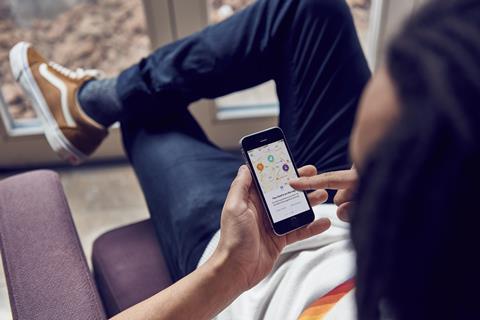
It seems these days people value speed as much as price. Getting instant service at the touch of a screen is now the norm. We can get our favourite TV shows, music and books instantly, whichever platform we choose. It was inevitable our grocery shopping habits would follow suit. ‘Next-day’ grocery delivery can now seem too long to wait, and even 45 minutes can seem too much for those craving something impulsively. This is where instant grocery delivery services step in – offering near to instant delivery.
On-demand convenience grocery (ODCG) is an emerging channel, and one that has grown exponentially off the back of the pandemic. Between March 2020 and April 2021, Google Play Store saw over 550 million global downloads for food apps – a 33% year-on-year increase. And despite all lockdown restrictions in England being removed in July this year, ODCG is continuing to flourish, with new players such as Getir, Weezy and Zapp entering the market every month.
It’s no surprise many businesses are jumping on the bandwagon to get their slice of the pie. Back in February this year, British shoppers spent £1.5bn on online groceries during a single month, with online share of grocery sales reaching 17%, according to Nielsen. With the pandemic providing a catastrophic blow to the high street, ODCG app owners are snapping up vacant stores and transforming these into efficient local fulfilment centres.
So, what does this mean for brands?
With the concept being so new, brands are still in the process of understanding the importance of ODCG apps to their sales. When it comes to marketing opportunities via these apps, brands need to select who they partner with carefully. It’s important to do the analysis here. Which app has the best target audience for your brand or campaign in question? How sophisticated is the app’s media offering? Can you expect it to generate ROI? How does performance compare to traditional shopper channels?
It will also be important to remember that while ODCG is in growth, sales volumes remain small compared to the major mults (in-store and online). So, although marketing through these apps presents an interesting opportunity – particularly when it comes to targeting – investment should reflect the scale of sales, and brands should aim to test and learn before going ‘all in’.
One particularly effective example of how brands are getting involved so far is on Deliveroo, which is leading the way when it comes to offering advertising opportunities to brands. Not only does Deliveroo offer a variety of touchpoints that support brands to achieve different objectives, it also wins big by activating a variety of events throughout the year, as well as developing brand partnerships around key usage occasions such as ‘big night in’ or ‘date night’. Brands benefit by placing themselves front of mind in a relevant moment, to the right shoppers at the right time.
Another big opportunity for brands is to get involved in the ATL campaigns of the ODCG apps. For instance, in recent months, Zapp has delivered a wide-reaching awareness-driving campaign, illustrating the products available on its app through different media touchpoints, ranging from buses and taxis to social media ads. It’s a win-win opportunity – active involvement from brands in these types of campaigns helps brands to drive mass awareness and, simultaneously, enables the app owner to drive broader awareness at a lower cost.
Of course, the real opportunity lies in the hands of the app makers. They benefit from being more agile than the major grocers when it comes to developing sophisticated advertising opportunities. Given they are tech-first companies, they have a wealth of data at their fingertips from the word go. Moreover, they have the expertise and capabilities (not to mention a blank canvas) to develop advanced advertising solutions for brands. The app makers that do this well – and quickly – have the opportunity to win big, as do brands.




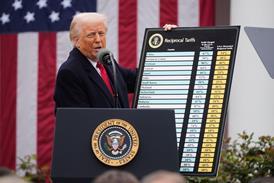


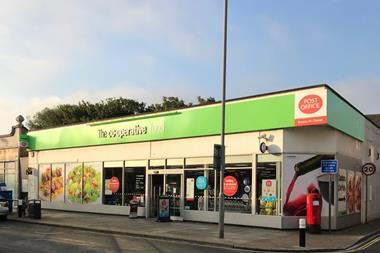

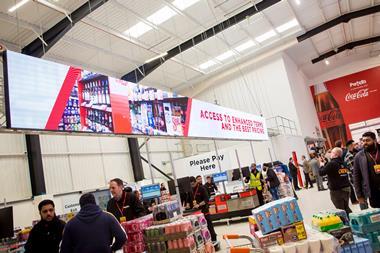


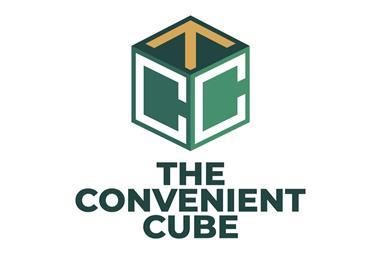

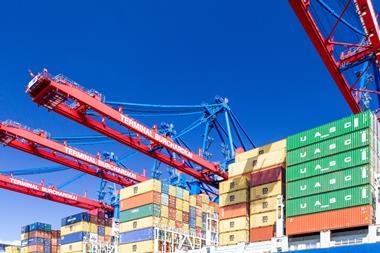
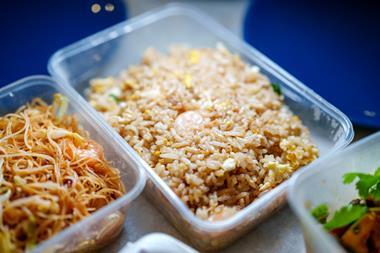

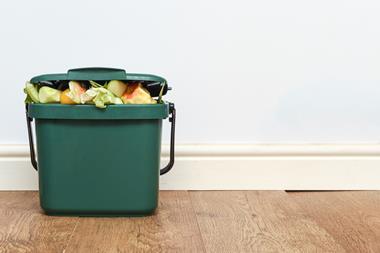

No comments yet